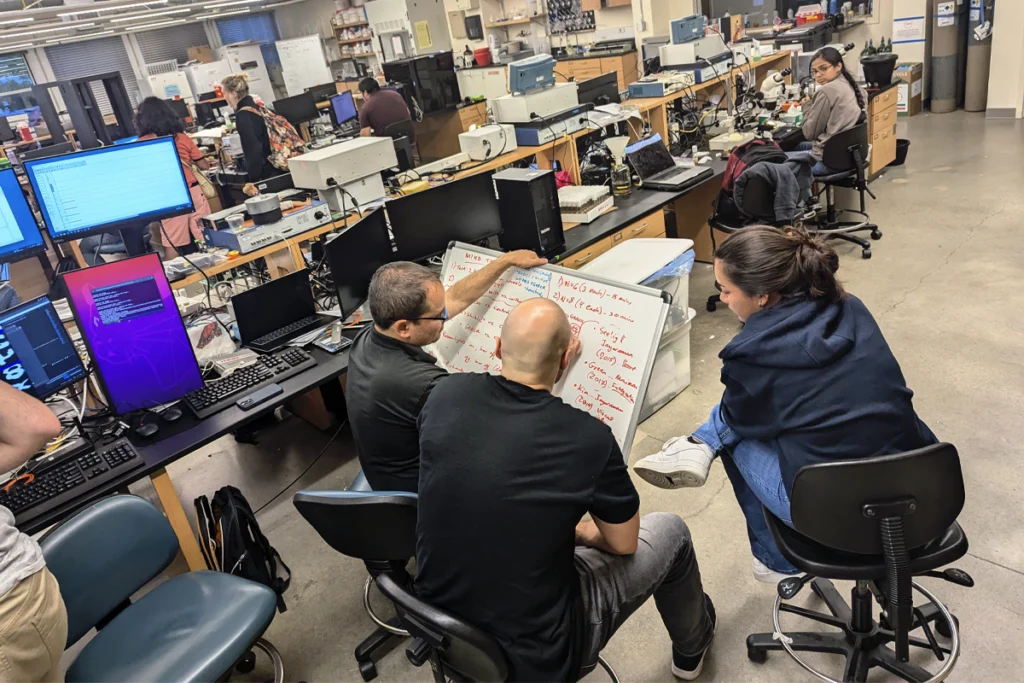Tissue tussle; adult inattention; printed hand
Proposed changes to federal ethics rules spark concerns among researchers, attention deficit hyperactivity disorder may be different in adults, and an artist plans to print a three-dimensional hand using stem cells.
- Some scientists are worried about proposed federal ethics rules that would require them to get consent before using people’s biological samples in research, even if data are stripped of identifying information.Under the proposed new regulation, which comes from the U.S. Department of Health and Human Services (HHS), researchers would still be allowed to use existing biospecimen collections, according to Science magazine. But starting in three years, they would not be able to use the millions of blood, urine and tumor samples that doctors routinely collect unless the donors give written consent allowing their tissue to be used in future research.
The HHS estimates that obtaining and storing the consent data would add $12 billion to research costs over 10 years. An opt-out approach could reduce the burden because research institutions would only have to track people who refused to share their samples. The HHS plans to make a final decision by the end of the year.
- Adult attention deficit hyperactivity disorder (ADHD) might be a syndrome unto itself, rather than an extension of a condition that emerges in childhood, a new study confirms.ADHD and autism often occur in the same families, and clinicians sometimes mistake one for the other. ADHD was thought to originate in childhood, and diagnostic manuals reflect this theory.
In the new work, published last week in JAMA Psychiatry, researchers followed a cohort of 5,249 children in Brazil over several years, up to age 19. They found little overlap in the features of the condition between people diagnosed with ADHD in childhood and those diagnosed at 18 or 19.
Similarly, a 2015 longitudinal study of 1,037 adults with ADHD in New Zealand found that 90 percent of them had never had a history of the syndrome as children.
Unlike the earlier study, the new analysis controlled for the effects of accompanying conditions, such as depression, bipolar disorder and anxiety.
The results of both studies suggest that adult-onset ADHD is distinct from the typical childhood syndrome and has its own roots.
- Getting the same results twice is apparently hard to do. The majority of researchers who responded to an online questionnaire said they have tried and failed to reproduce another scientist’s experimental results.And half the time they can’t even reproduce their own experiments.
Those findings, reported this week by Nature, confirm previous work that showed low or fairly low reproducibility in two fields: psychology and cancer biology.
Nonetheless, most of the survey participants said they trust at least half of the papers in their field.
Some labs have tried to improve reproducibility by taking time off from new experiments to repeat published ones and to make sure that procedures have remained consistent over the years.
“Reproducibility is like brushing your teeth,” Irakli Loladze, a mathematical biologist at Bryan College of Health Sciences in Lincoln, Nebraska, told Nature. “It is good for you, but it takes time and effort. Once you learn it, it becomes a habit.”
- Nearly one-third of the time, doctors prescribe antidepressants for conditions not related to depression. The findings come from a decade-long study of prescription habits among general practitioners in Quebec, Canada.Some of the so-called ‘off-label’ uses include prescriptions for migraines, menopausal symptoms, insomnia, ADHD and digestive disorders.
Doctors also gave antidepressants to people with problems linked to depression, such as chronic pain, anxiety and panic disorders.
“There’s still a lot to be done to sharpen antidepressant prescribing,” Columbia University psychiatrist Mark Olfson told the Los Angeles Times. “But a lot of this [prescribing] is lined up with reasonable targets.”
- An artist aims to grow a human hand from stem cells. Amy Karle gained confidence for this audacious project after experimenting with three-dimensional (3D) printing of medical instruments and bones.Karle also has some help. Bioscientist Chris Venter and materials scientist John Vericella worked with her to design a trellis made of a hydrogel that will form an armature for the cells. The team spent several weeks with a 3D printer before successfully creating a stable version of the trellis, according to Ars Technica.
Karle is now culturing stem cells from bone marrow to add to the trellis, where she hopes they will grow into our signature body part.
- Jeremy Berg has been named editor-in-chief of the Science family of journals, published by the American Association for the Advancement of Science. Berg is associate senior vice chancellor for science strategy and planning in the health sciences at the University of Pittsburgh. He is the former director of the National Institute of General Medical Sciences at the National Institutes of Health.Making a career change? Send your news to [email protected].
Recommended reading
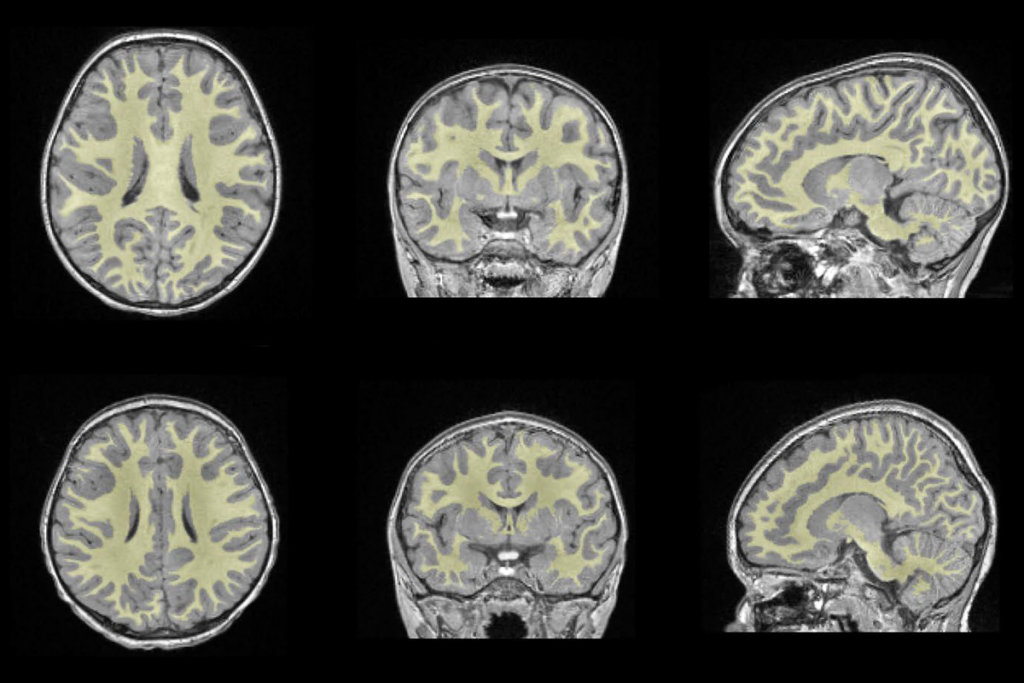
White-matter changes; lipids and neuronal migration; dementia
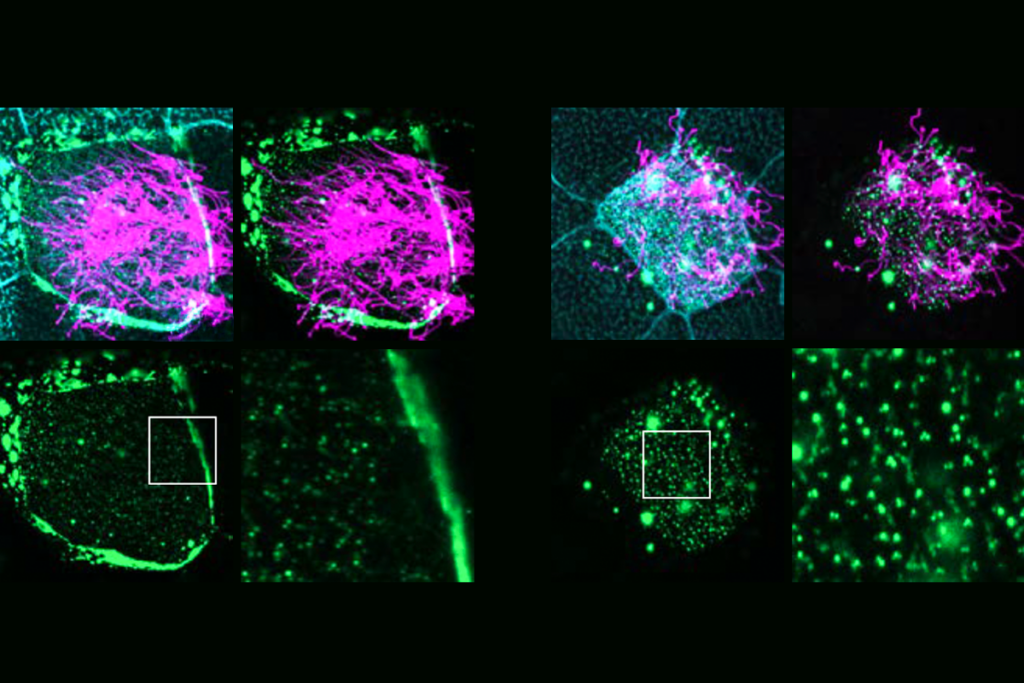
Many autism-linked proteins influence hair-like cilia on human brain cells
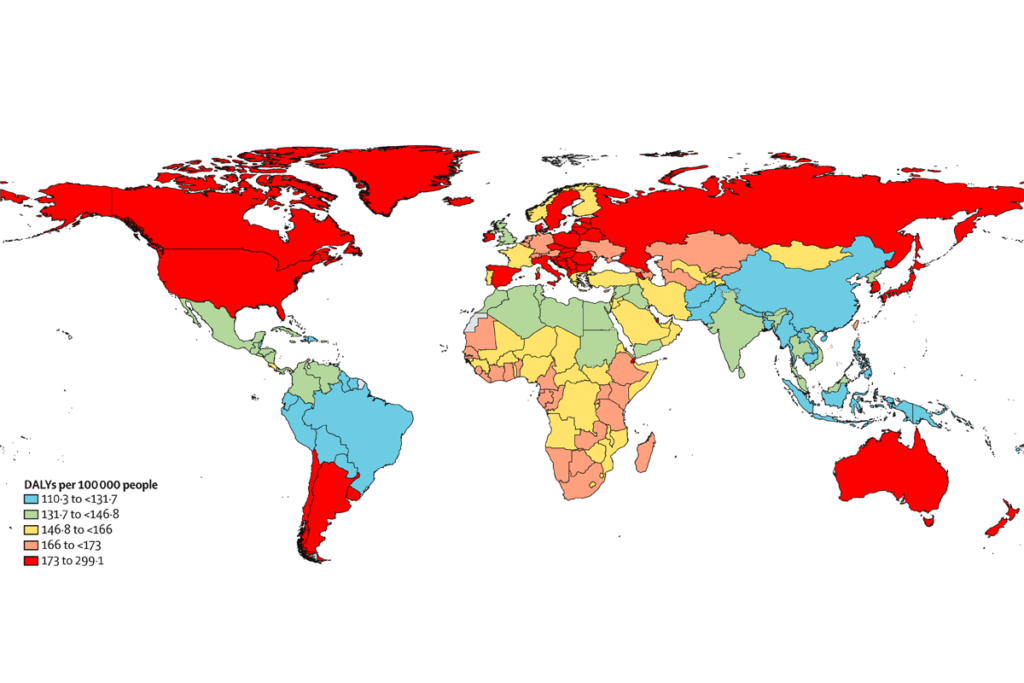
Functional connectivity; ASDQ screen; health burden of autism
Explore more from The Transmitter
David Krakauer reflects on the foundations and future of complexity science
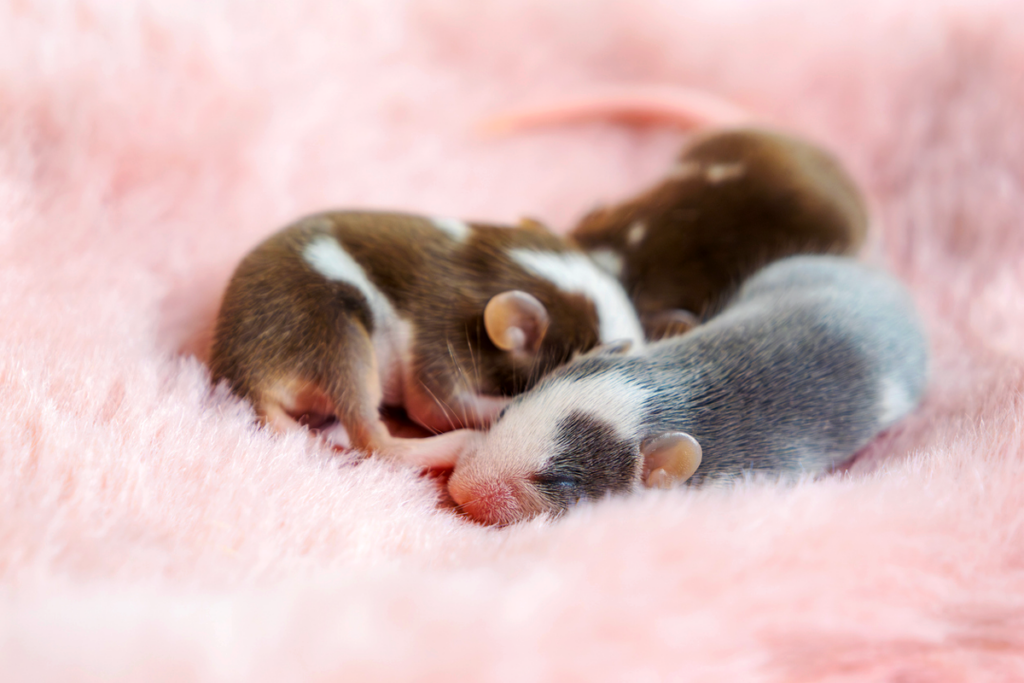
Fleeting sleep interruptions may help brain reset
